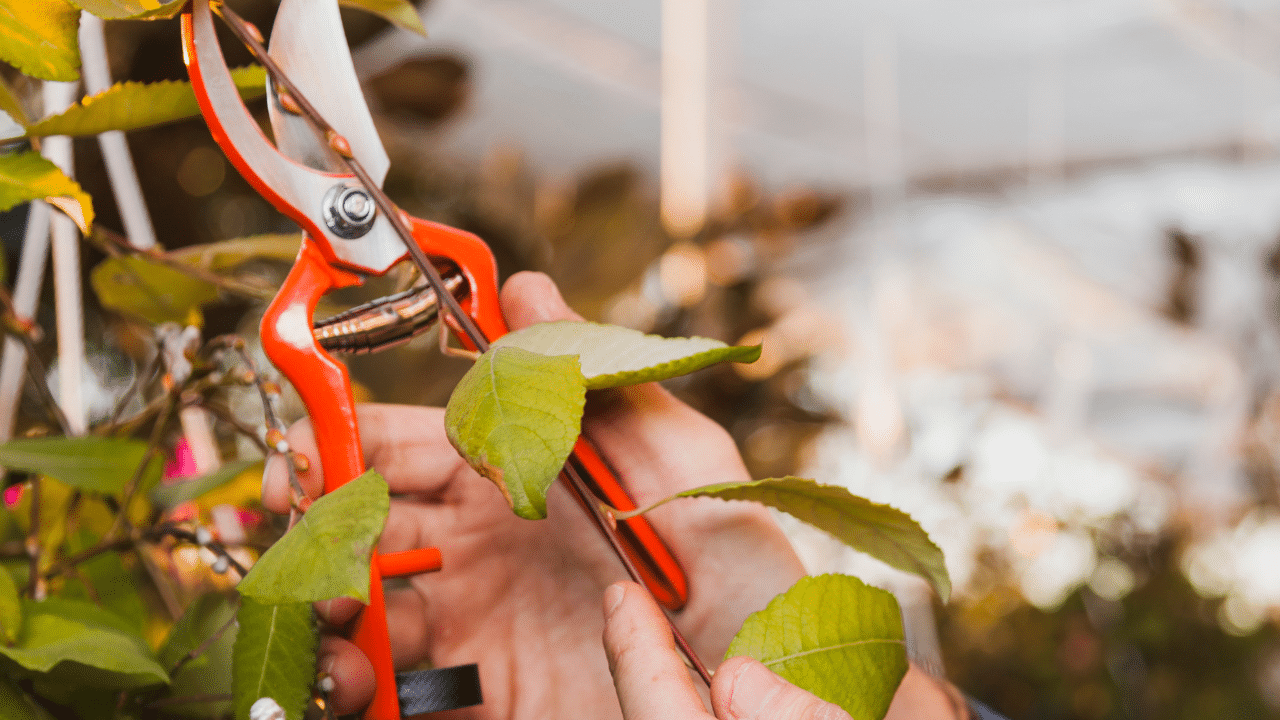There’s something magical to grow fig trees from cutting—watching it take root, stretch toward the sun, and eventually reward you with sweet, juicy fruit. If you’ve ever wondered how to grow fig trees from cuttings, you’re in the right place. This method is not only cost-effective but also deeply satisfying, offering a hands-on way to cultivate a tree that can thrive for decades.
Why Grow Fig Trees from Cuttings?
Fig trees are remarkably resilient and propagate easily from cuttings, making them an ideal project for both beginners and seasoned gardeners. Unlike growing from seed, which can be unpredictable, cuttings produce a genetic clone of the parent plant—meaning if you love the flavor of a particular fig, you can replicate it perfectly. Plus, fig cuttings root quickly, often showing progress in just a few weeks. It is one of the most simplest way to grow fig trees from cuttings.
I still remember the first time I successfully rooted a fig cutting. It was a small, unassuming stick from a neighbor’s tree, but with a little patience, it grew into a thriving plant that now provides shade and fruit in my backyard. If I can grow fig trees from cutting, so can you.
When and Where to Take Fig Cuttings
The best time to grow fig trees from cutting starts with taking fig cuttings in late winter or early spring, while the tree is still dormant. Look for healthy, mature branches from the previous year’s growth—about the thickness of a pencil and 8-12 inches long. Avoid young green shoots or old, woody branches, as they root less reliably.
If you don’t have access to a fig tree, many nurseries and online sellers offer cuttings from proven varieties. Just ensure they’re disease-free and come from a reputable source.
Preparing Your Fig Cuttings for Rooting
Once you have your cuttings, follow these steps to give them the best chance at success as you grow fig trees from cutting:
- Trim the Cuttings: Make a clean, diagonal cut at the base (this increases surface area for rooting) and a straight cut at the top to distinguish which end is up.
- Optional: Use Rooting Hormone – While not strictly necessary, dipping the base in rooting hormone can speed up the process.
- Choose a Rooting Medium – Fig cuttings root well in water, potting soil, or a mix of perlite and peat moss. I’ve had great success with a simple glass of water—just change it every few days to prevent rot.
Planting and Caring for Your Fig Cuttings
After a few weeks, you should see tiny roots forming. Once they’re about an inch long, it’s time to plant them in soil.
- Select a Pot: Start with a small container (6-8 inches) filled with well-draining soil.
- Plant Gently: Bury the rooted cutting about 3 inches deep, keeping the soil moist but not soggy.
- Provide Warmth and Light: Place the pot in a warm, sunny spot—a south-facing window is ideal.
As your fig cutting grows, gradually acclimate it to outdoor conditions if you plan to transplant it outside.
Transplanting Your Fig Tree Outdoors
Once your fig tree has developed a strong root system and several leaves (usually after 6-12 months), it’s ready for the garden. Choose a sunny, sheltered location with well-draining soil. Figs are drought-tolerant once established but appreciate consistent moisture in their early years.
If you live in a cooler climate, consider to grow fig trees from cutting in a large container so you can move it indoors during freezing winters.
Troubleshooting Common Issues
Even with the best care, challenges can arise:
- Yellowing Leaves? Overwatering is a common culprit—let the soil dry slightly between waterings.
- No Roots After Weeks? Some cuttings take longer than others. Be patient, and ensure they’re in a warm environment.
- Pests? Aphids and spider mites occasionally bother figs. A gentle spray of water or neem oil usually does the trick.
FAQs
Can I grow a fig tree from a store-bought fig?
No, store-bought figs are usually not viable for propagation because they’re often from sterile hybrid trees or treated to prevent sprouting.
How long does it take for a fig cutting to bear fruit?
Most fig trees grown from cuttings will produce fruit within 2-3 years, depending on growing conditions.
Do fig cuttings need leaves to root?
No, in fact, cuttings root best when taken during dormancy (leafless). Leaves can divert energy away from root development.
Can I root fig cuttings directly in the ground?
Yes, but success rates are higher when rooting in a controlled environment (like a pot) before transplanting.
What’s the best fig variety for beginners?
‘Brown Turkey’ and ‘Chicago Hardy’ are excellent choices for their reliability and cold tolerance.
Conclusion:
Learning how to grow fig trees from cuttings is a rewarding journey that pays off in delicious, homegrown figs. With a little effort and patience, you can transform a simple cutting into a thriving tree that provides beauty and bounty for years to come.
So why not give it a try? Grab a cutting, follow these steps, and before you know it, you’ll be harvesting your very own figs—straight from your backyard.






